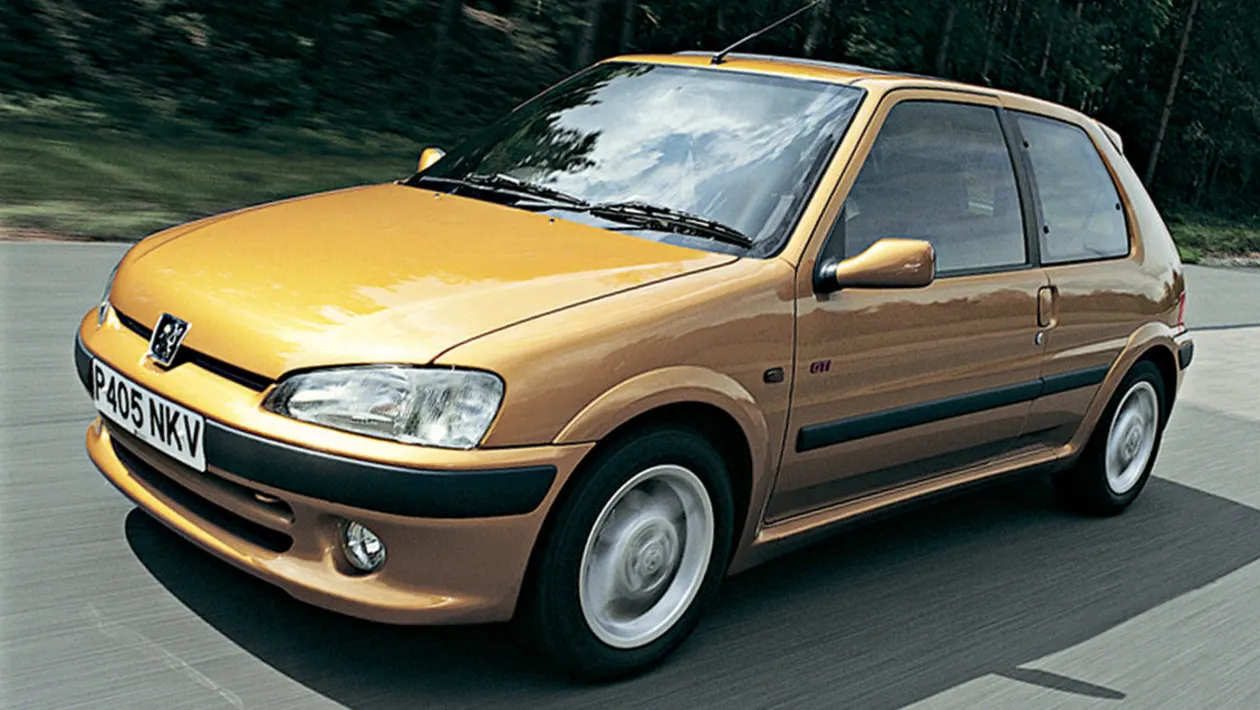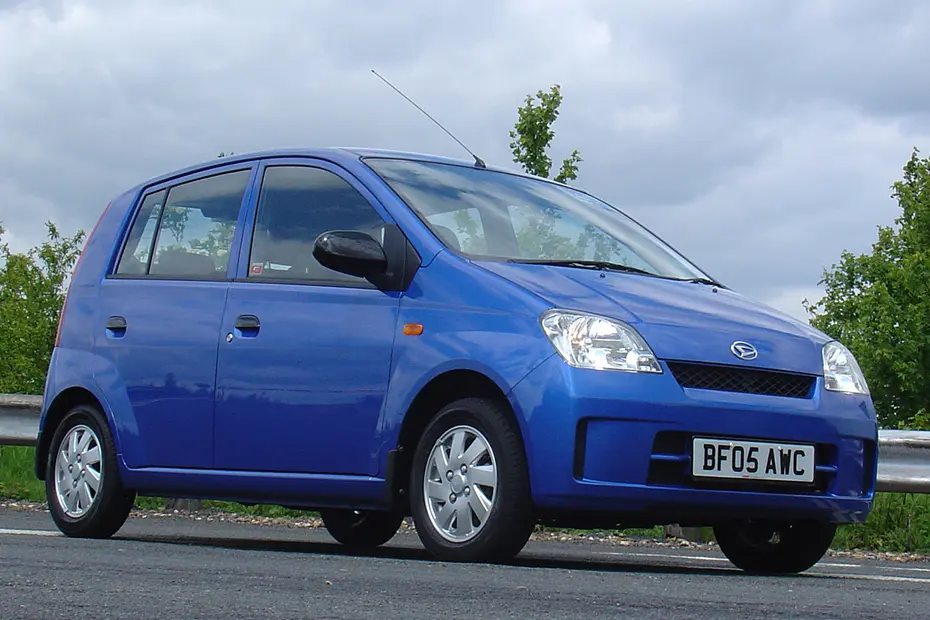Aston Martin's Endurance Racers: A History of Much Failure and Brief Success.
Aston Martin recently made their return to top class prototype racing this year with their new AMR Valkyrie LMH. Whilst their current season in the WEC (World Endurance Championship) hasn't been filled with wins and podiums, it is a welcome return for the make.
But, what about Aston Martin's previous endurance racers? After all, Aston's efforts all stem from that sole win at Le Mans in 1959.
Following that win in '59 Aston Martin's next big assault at Le Mans was in the 80s, there were 3 Group C spec cars: the Nimrod, EMKA-Aston Martin & the AMR1. All 3 were fairly uncompetitive with the AMR1 posting the best finish of 4th at Brands Hatch in '89 and all 3 used the same basic 5.3 (later 6 litre V8 engine also used in Aston's road cars of the time.
The first two cars, the Nimrod & EMKA weren't factory backed cars, Aston Martin was merely the engine supplier for both, Both competed at Le Mans with only the EMKA's brief time in the lead in 1985 with Tiff Needel at the wheel being the only positive point.
The latter AMR1 was made in conjunction with Callaway in the USA (those are the guys who tune Corvettes) Callaway enlarged the engine to 6 litres producing 740 BHP and 620 Ib/ft of torque which whilst sounding a lot was down on the 7 litre V12 Jaguars and twin turbo Sauber Mercedes', and it showed, whilst it had the acceleration and cornering capabilities to match the other Group C cars, it was simply too slow in a straight line, maxing at 212 MPH, compared to the 245 MPH top speed of the dominant Porsche 962s. Whilst Callaway and Aston had plans to further develop the AMR1 into the AMR2 the FIA's rule changes for Group C in 1990 which would cap engines at naturally aspirated 3.5 litres or face penalties, Ford (then owners of Aston Martin) canned the project and refocussed on the road car division.
Following the collapse of the Group C program, Aston Martin stayed away from racing mainly in an attempt to get its road cars selling again, though some privateers did attempt to race their cars.
Their next attempt at a Le Mans win was with their DBR9 GT1 in 2005, instead of going for overall victory they'd go for a class win instead working alongside Prodrive who had worked alongside the Subaru rally team and the previously dominant Ferrari 550 GTS. Whilst the DBR9 uses the same basic 6 litre V12 as the road car, it's almost completely different, it makes 600 BHP, and as for the body, that is all carbon fibre, only the roof is shared between the road and race car. Aston definitely had a winner on their hands, unfortunately Chevrolet & Maserati had other ideas. Their GT1 cars, the Corvette C6.R & MC12 were also highly competitive but Aston started strong with a win at Sebring and it became clear all three would be duelling hard for race wins. Aston won the 12 Hours of Sebring in '05 but lost out at Le Mans to Chevrolet in both '05 & '06 before winning the GT1 class in '07 along with a win at the 1000 KM of Nurburgring, overall the DBR9 was probably Aston's best racer yet, with both a Constructors and Drivers Championship in the 2006 FIA GT series, though they would ultimately lose to the highly dominant Corvettes across their tenure.
Then in 2009, Aston decided to build a LMP1 car to take on Audi & Peugeot. It would be known as the Aston Martin DBR1-2 or Lola-Aston Martin B09/60 (Lola built the chassis and Aston provided the engine, hence the name). The engine was the same 6 litre V12 as used in the DBR9 but with new air restrictors to increase power, it also had a new compact gearbox. On debut it won at Catalunya and the #007 car finished first overall in the Le Man Series but finished 4th at the actual 24 Hours of Le Mans in '09 which was a very good finish for a brand new racer. This was then followed by a 3rd at Sebring the following year and it was regularly the top finishing petrol car. The DBR1-2 was very clearly a capable racing car that, had it been brought out a few years ago could have dominated the sport, but it just couldn't compete (particularly in endurance races) with the diesel Audis and Peugeots who had superior torque and didn't need to stop as often for fuel unlike the petrol Aston.
Then Aston went and dropped the ball, they replaced the DBR1-2 with the AMR-One, a new open-top LMP1 car that was deeply flawed from the beginning due to being built in under 6 months and on a tight budget.
It's engine was a 2 litre turbocharged straight 6 with 540 BHP which once again on paper sounds great, but it was competing with Audi's much more powerful R15++ which had a much more torquey V10 diesel engine. The AMR-One only competed in 2 races and was promptly withdrawn and replaced with the old DBR1-2 because it was so slow and poorly designed due to it's engine being highly stressed because of it's small size and had to run at just 300 BHP during races making it slower than LMP2 cars.
And that brings us to now with their new Valkyrie AMR LMH, based on the Valkyrie road car, it's the only car in the Hypercar class that isn't a hybrid and whilst this year hasn't had much in the way of success bar a couple of points at Le Mans we'll have to wait and see if the Valkyrie follows in the path of the DBR1, DBR9 & DBR1-2, and to be honest, I rather do because as much as I like seeing Ferrari win, I'd quite like Aston Martin to win too, because well, they're not going to win in F1 anytime soon are they? But that's a story for another time.




Comments
Post a Comment